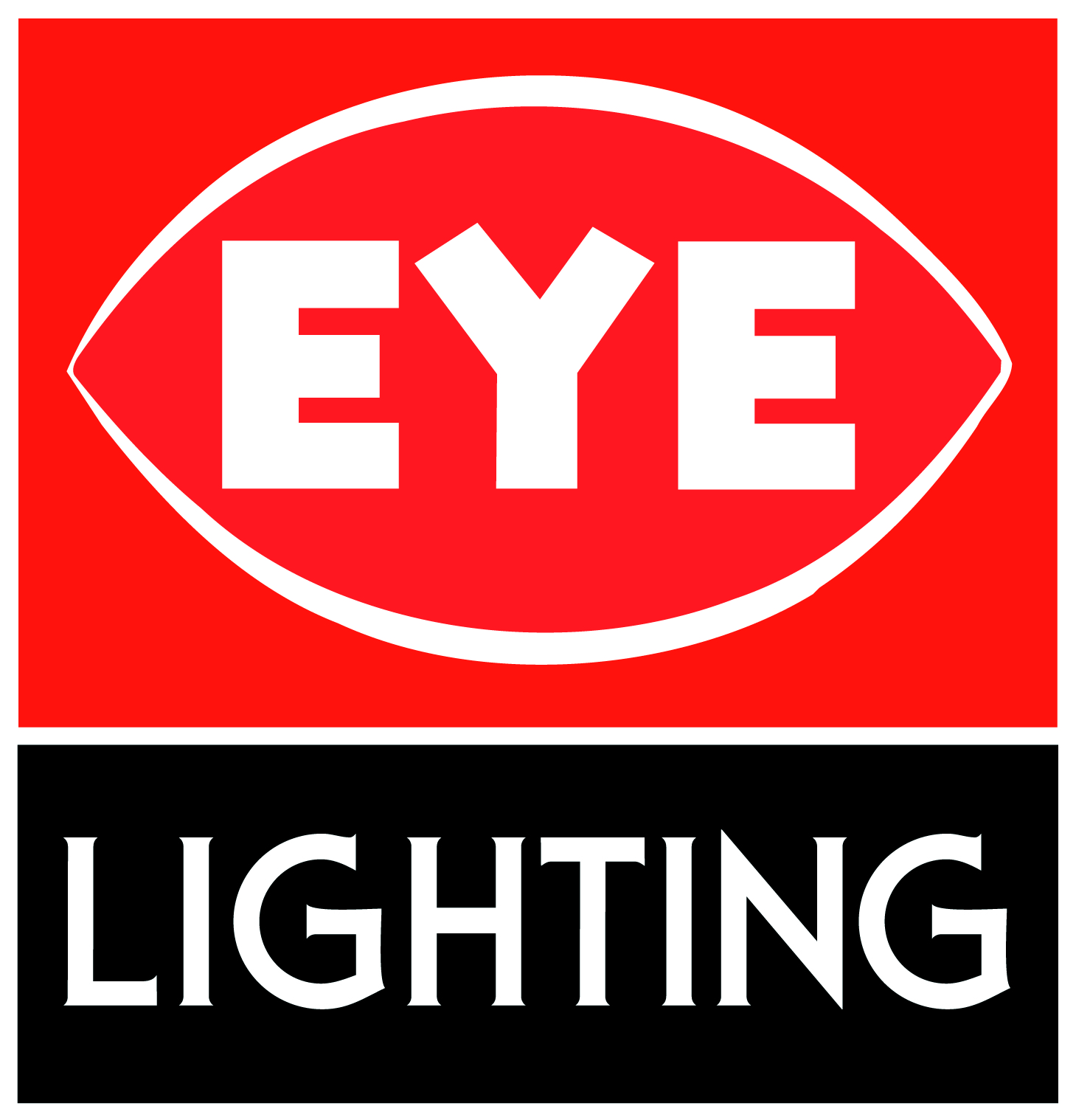The global trade of counterfeit products is estimated to tip USD$1.77 trillion dollars in 2015, this makes counterfeiting a very attractive trade for organised crime and many other rapacious operators looking to make a quick buck.

Public opinion is rapidly changing from counterfeiting being a victimless crime to one that threatens public safety, damages legitimate businesses and harm national interests.
For example:
- G20 member countries have estimated that 3,000 annual deaths are the result of using counterfeit products1.
- G20 member countries stand to lose USD$77.5 billion in tax revenue while incurring an additional USD$25 billion in the cost of crime to fight these illegal operators1.
- In November 2012, the South Korean government was forced to shut down 2 nuclear reactors after finding that 7,600 parts from 8 suppliers had forged quality certificates2.
With so much at stake, counterfeiters are becoming increasingly sophisticated in their activities which are often run by organised crime syndicates and groups with terrorist links3.
Left unchecked it is scary to think how big the problem can actually become. Counterfeiters continue to refine their nefarious activities as evidence shows that they are continuing to penetrate deeper into legitimate and secure supply chains.
Counterfeit electrical goods are substandard, unsafe and ineffective compared to compliant products that have been manufactured to high standards that are fit for purpose and tested to meet local standards where the goods are sold. The aim of the Does It Comply? campaign is to highlight to all electrical industry professionals the importance of goods that comply with standards and educate these professionals on how to identify a safe and compliant product verse a dodgy counterfeit product.
Trends in Non-Compliant and Counterfeit Practices3
- Unbranded products are being shipped separately from their branding and packaging to avoid detection.
- Exporting products separate from their packaging or as components to assemblers who complete the product packaging in the local market.
- Counterfeit components or sub-assemblies are shipped separately to Free Trade Zones (FTZ) to be distributed amongst countries within that FTZ.
- Using FTZs to mask the origin of the counterfeits.
- Mixing up shipments of authentic and compliant products with counterfeit products inside the same container.
- Selling products on the internet as excess or run-out stock.
- Consumer-to-consumer (C2C) sales of counterfeit goods both online and offline.
- Use of legitimate couriers and post for small packages that makes it more difficult for detection to stop these practices.
Now is the time to continue spreading the word about the Does It Comply? campaign and stay up to date with the latest industry information. Always buy from reputable suppliers as yours and your customers’ livelihood are at stake.
EYE Lighting is pleased to be founding Partner of Does It Comply? in Australia.
References
1. Estimating the global economic and social impacts of counterfeiting and piracy. Business Alliance to Stop Counterfeit and Piracy, February 2011
2. http://www.cnn.com/2012/11/05/world/asia/south-korea-nuclearreactors/index.html
3. http://www.gs1.org/docs/GS1_Anti-Counterfeiting_White_Paper.pdf

